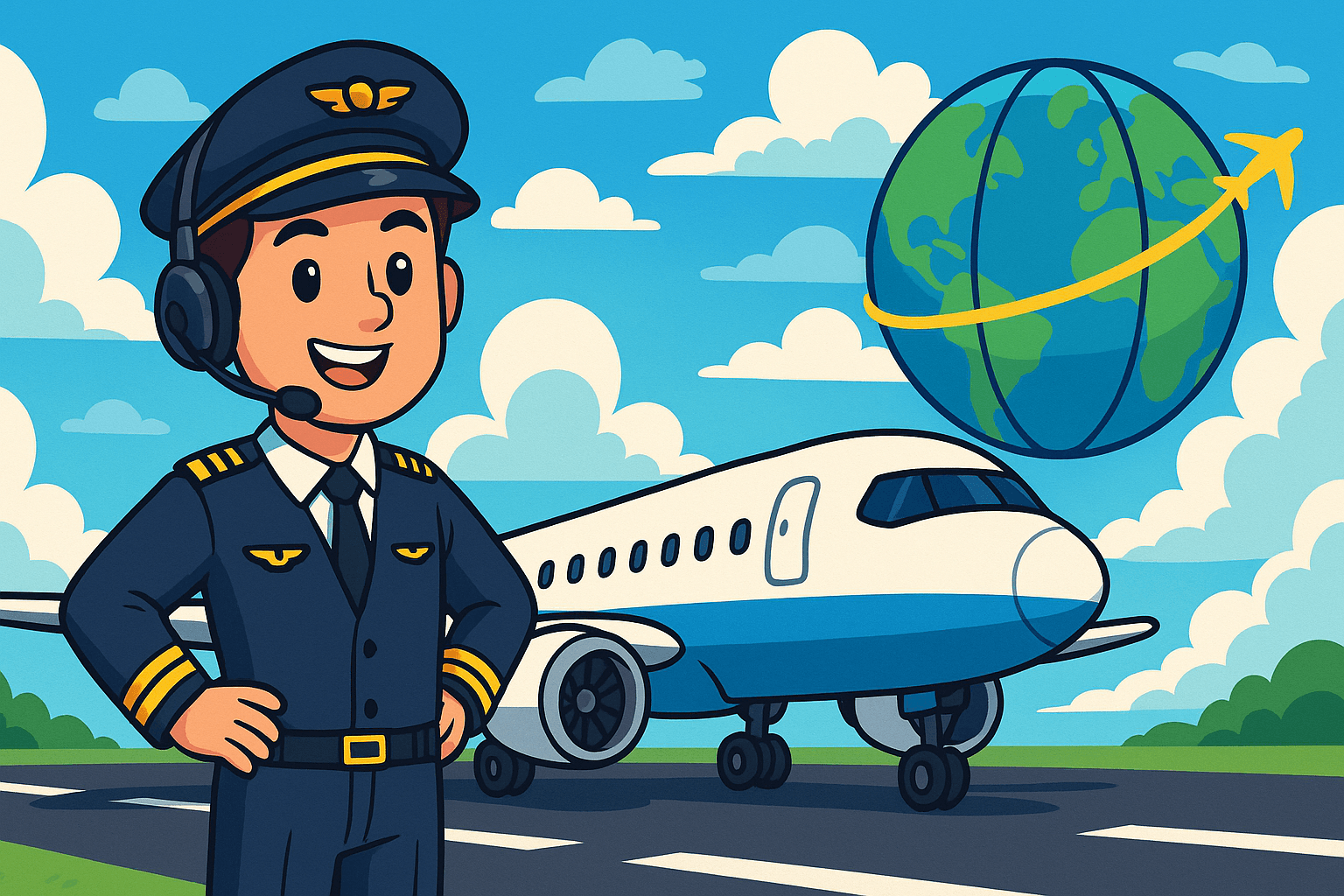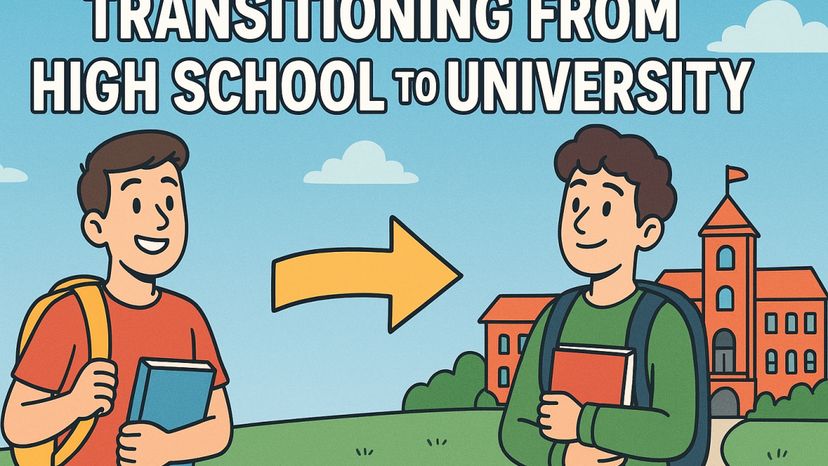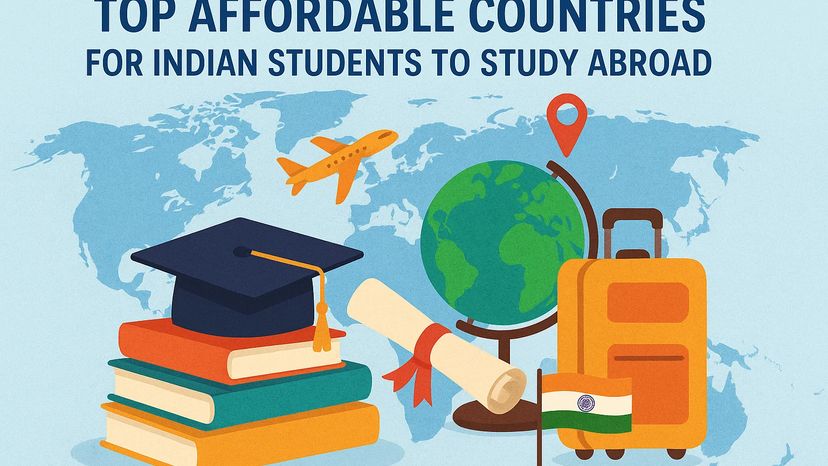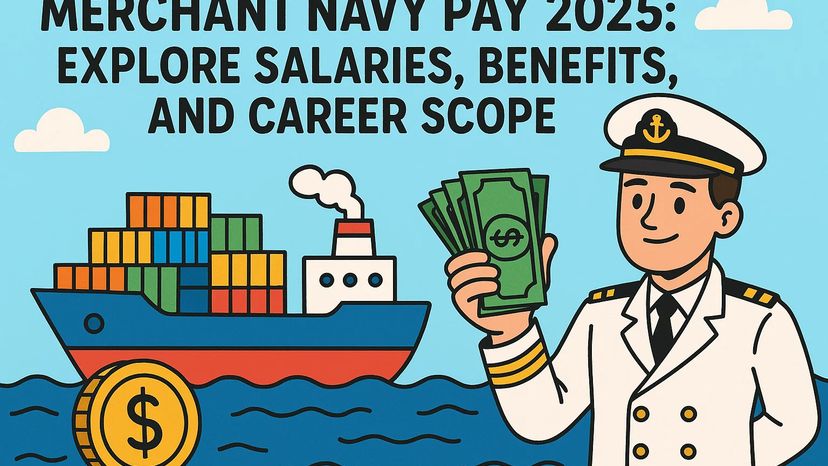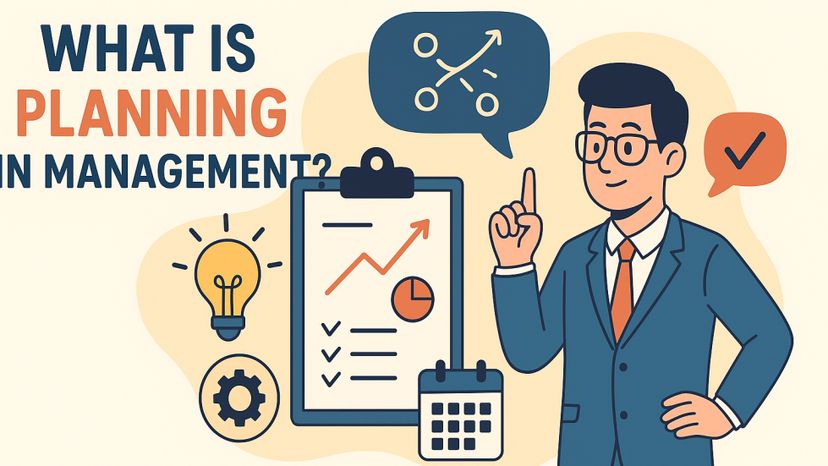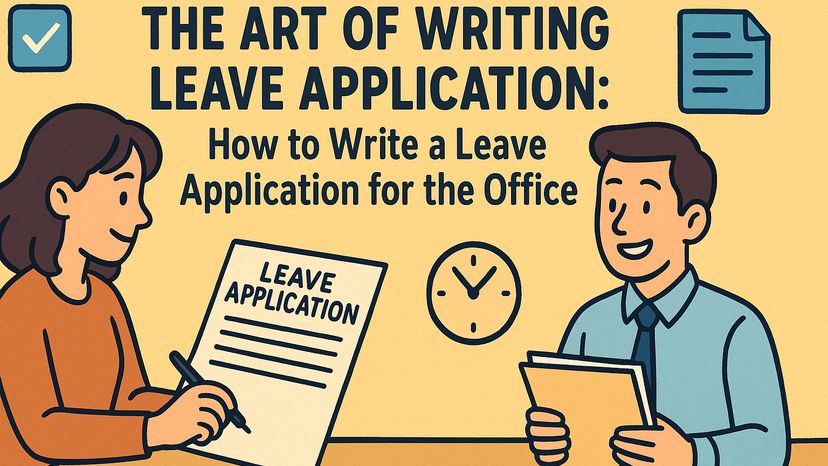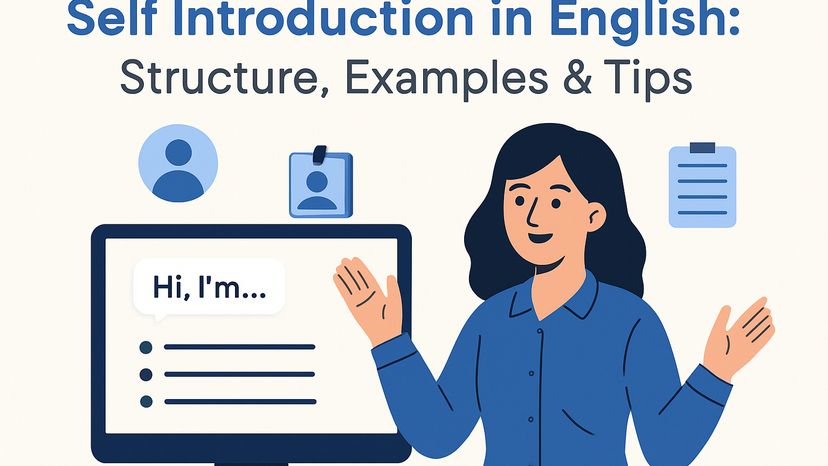Pilot Course Info for Commercial Pilot License (CPL)
The idea of becoming an airplane pilot and flying in the clouds, operating several different airplanes and traveling wherever you would like to travel in the world, is amazing. If you love flying and love aviation, what better way to take that love for aviation and turn it into a trip and motivation other than becoming a commercial pilot. This comprehensive guide will cover everything aspiring pilots want to know about their Commercial Pilot License (CPL) training in India from the essentials, to course requirements, fees and career options.Given the rapid expansion of air travel, the requirement for trained aviation personnel will continue to grow exponentially. Increasing domestic and international travel, a larger number of airlines, and an increase in air freight demand has resulted in a busy, dynamic, and lively aviation environment.
Flying is not simply the act of piloting an airplane; it is a commitment to a disciplined way of life, continuing education and a sense of responsibility to the world! In aviation, safety is a primary objective and if a job is chosen, piloting is trained to a standard that cannot be matched today.
This career requires you to possess intellectual resilience, you will be constantly learning, while developing the ability to respond to changes in technology and procedures.
What is a Commercial Pilot License (CPL)?
The CPL full form in aviation is "Commercial Pilot License," allowing pilots to operate aircraft commercially. Essentially, a CPL holder can legally pilot commercial airplanes, perform charter flights, and become an airline pilot after gaining further experience. A CPL is a big step in any pilot's career and is recognized around the world. It acknowledges that the pilot has proven technical knowledge and flying ability, and allows the pilot to move forward and start a professional career in aviation.
A commercial pilot license is the launching pad towards larger possibilities in aviation, in particular to earning an Airline Transport Pilot License (ATPL), which is the highest level of certification for aircraft pilots. With a CPL a pilot can do a variety of things, such as fly passenger jets, cargo aircraft, fly for high net worth individuals on private charter flights, etc.
Qualifications and Requirements
To be a Commercial Pilot in India, there are several eligibility conditions:
- Age: You must be at least 17 years old when you start training.
- Educational Qualification: You must complete 10+2 with Physics, Mathematics, and English.
- Medical Fitness: You must have a Class 1 Medical from DGCA approved centres.
- Entrance Exams: Passing the pilot entrance exam after 12th grade as approved by DGCA institutes.
Outside of the essential qualifications, aspiring pilots should exhibit superior mental agility, stamina, health and good judgement.
It is an intense process to become a Commercial Pilot and requires considerable dedication, commitment, discipline and love for flying. Some students even seek opportunities to become aviation specialists while still students by enrolling in aviation workshops, school chartered clubs, and improving their maths and spatial awareness.
It also requires you to have good communication and interpersonal skills, because as a pilot, you are a member of a crew with air traffic control staff, ground staff, and the crew in the cabin, all of who effectively work as a team to safely and efficiently land you to your destination.
Commercial Pilot Training in India
Course Structure and Duration
A commercial pilot course in India generally consists of theoretical training, simulator training, and actual flying. Aviation course duration lasts on average 18-24 months, depending on the training school, and the student. Ground school lays the theoretical foundation and entails subjects like:
- Air Navigation
- Air Regulations
- Aviation Meteorology
- Aircraft & Engines
- Radio Telephony
- Flight Planning
- Human Performance & Limitations
Simulator training offers the experience of flight in a safe environment prior to actual flight with an aircraft. Simulator training has value in introducing student pilots to areas of knowledge (their aircraft systems, how to operate the horizon and cockpit controls, how to manage emergency procedures) as well as being just one type of practical training that student pilots undergo as part of the 200 flight hour requirement which includes:
- Solo flying
- Cross-country navigation
- Night flying
- Instrument flying
- Check rides
The students were tested on several written examinations, oral tests, and demonstration of skill during the time of training. These tests were conducted to ensure that the students were well versed in the subject matter and were ready and capable to fly an aircraft in a real flight operation.
DGCA Certification
The commercial pilot license DGCA license is given upon successfully passing theory tests and the accumulation of prescribed flying hours (normally 200 + hours). All civil aviation responsibility in India is under the direction of the Directorate General of Civil Aviation (DGCA), which also directs those standards are adhered to. At the end of the training successfully completed, the student is awarded the CPL, which is required for flying commercial aircraft in India.
In addition, CPL candidates must clear DGCA papers in:
- Air Navigation
- Meteorology
- Air Regulation
- Technical General
- Technical Specific
These exams are crucial as they evaluate a candidate's understanding of aviation principles, aircraft operations, and air safety protocols.
Pilot Course Fees and Costs in India
The pilot course fees in India vary significantly depending on the training academy, aircraft used, and additional services offered:
- CPL license cost in India ranges approximately from INR 30-60 lakhs.
- Pilot course fees in India government institutes might offer subsidies, reducing the financial burden slightly.
Additional expenses may include:
- DGCA exam fees
- Uniforms and study materials
- Medical tests
- Flight simulator hours
- Accommodation and travel (if applicable)
Students enrolling in aviation courses have plenty of choices because many banks offer student loans, and there are also scholarship programs for those who qualify. As much as possible, please try to plan your finances well in advance. Financial discipline and the support of family members often help students complete their CPL with little or no stress.
Aviation Academies and Institutes
Choosing where to go for the aviation training is important. The top academies in India tend to have highly experienced instructors and state-of-the-art training facilities; having either may affect the quality of the training. The best aviation academy in the world normally has enormous fleets of aircraft, advanced flight simulators, and/or industry connections. The most reputable flying schools in India are:
- Indira Gandhi Institute of Aeronautics (Punjab)
- Capt. Sahil Khurana Aviation Academy (New Delhi)
- Indira Gandhi Institute of Aviation Technology (Delhi)
- CAE Global Academy (Gondia)
These academies are very highly rated and gain worldwide recognition through association with worldwide airline partners, e.g., exposure. Future aviation students should take the time to visit the different academies they are interested in applying to and talk to alumni, or take a demo class, before they consider which academy they would like to apply to.
Pilot Salary and Career Outlook in India
India is a lucrative place for aviation jobs because the pilot salary in India is appealing. Entry-level commercial pilots earn anywhere from INR 1-2 lakhs per month and earn higher amounts quickly, based on their experience and the airline they belong to. Those who fly or work internationally and as captains, have higher earnings than others. For example, senior commercial pilots/captains have extended earning potential from INR 5-10 lakhs.
The career progression for pilots usually follows this career path:
- Trainee Co-Pilot
- First Officer
- Senior First Officer
- Captain
- Training Captain or Examiner
There are also opportunities to transition into corporate aviation, become flight instructors, or move into administrative and safety management roles within airlines.
Additional Career Avenues for CPL Holders
Apart from working for commercial airlines, CPL holders can explore other exciting roles such as:
- Cargo Pilots
- Charter Flight Pilots
- Flight Instructors
- Agricultural Flying
- Aerial Photography and Surveying
- Government Aviation Jobs
- Emergency Medical Service (EMS) Pilots
- Offshore and Helicopter Pilots
The aviation industry provides a dynamic and diverse career path for trained pilots, ensuring that they have a number of employment opportunities.
FAQ - Frequently Asked Questions
1. What is CPL full form in aviation?
CPL stands for Commercial Pilot License.
2. How to become a commercial pilot in India?
Complete Class 12th (Physics, Maths, English), pass medical tests by the DGCA, join a DGCA approved flying school, attempt theoretical exams, and log the required number of flying hours.
3. What is the pilot course duration?
Typically, duration is 18 to 24 months in India.
4. What are the costs of becoming a pilot in India?
Cost is around INR 30-60 lakhs (depending on the institute and also the type of training aircraft used).
5. What exams must pilots clear?
DGCA theoretical exams in aviation subjects and practical flying assessments

